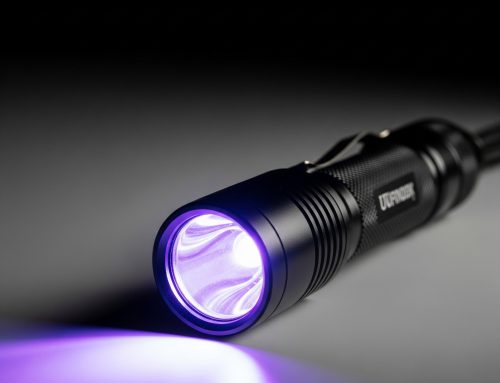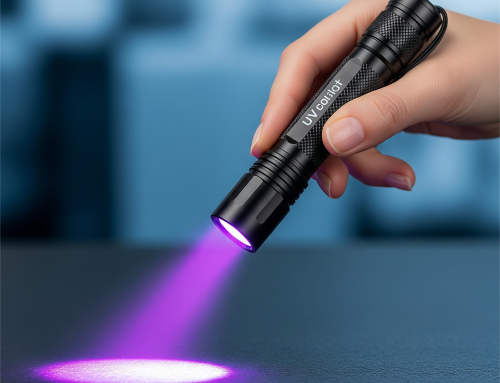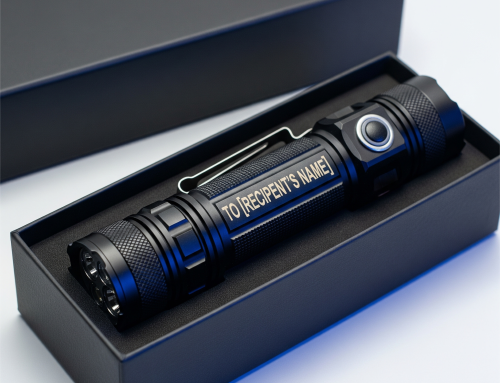Bloodstain pattern analysis (BPA) is a forensic technique that examines the location, shape, size, and distribution of bloodstains to understand the events that occurred at a crime scene. Ultraviolet (UV) light plays a crucial role in enhancing the visibility of bloodstains, especially in challenging environments or on dark-colored surfaces.
How UV Light Enhances Bloodstain Detection
- Fluorescence:?Many blood enhancement chemicals, such as luminol and fluorescein, emit a characteristic glow when exposed to UV light. This fluorescence makes bloodstains more visible, even in low-light conditions or on surfaces with complex patterns.
- Contrast:?UV light can improve the contrast between bloodstains and the background, making it easier to identify and document. This is particularly useful for finding small or diluted bloodstains.
- Detection on Dark Surfaces:?Bloodstains on dark-colored surfaces can be difficult to see with the naked eye. UV light can penetrate the surface and cause the bloodstain to fluoresce, revealing its presence.
Applications of UV Light in Bloodstain Analysis
- Crime Scene Investigation:?UV light is used to locate and document bloodstains at crime scenes. This information can help reconstruct the events that occurred and identify potential areas of interest for further examination.
- Hidden Bloodstains:?UV light can reveal bloodstains that have been cleaned or otherwise obscured. For example, bloodstains on carpets or clothing may be difficult to see with the naked eye but can be made visible with UV light.
- Bloodstain Pattern Interpretation:?By visualizing bloodstains under UV light, forensic experts can better understand the mechanisms that created the stains, such as the direction of impact, the height of the blood source, and the nature of the weapon used.
Challenges and Considerations
- False Positives:?Some substances, such as certain types of fibers or detergents, can also fluoresce under UV light, leading to false positives.
- Damage to Evidence:?Excessive exposure to UV light can damage or degrade biological evidence, including DNA. Therefore, it is important to use UV light judiciously and for a limited duration.
- Background Interference:?In some cases, the background itself may fluoresce under UV light, making it difficult to distinguish bloodstains.
Conclusion
UV light has become an essential tool for forensic scientists involved in bloodstain pattern analysis. By enhancing the visibility of bloodstains and providing valuable information about the circumstances of a crime, UV light helps to ensure that justice is served. However, it is important to use UV light in conjunction with other forensic techniques and to be aware of its limitations.



